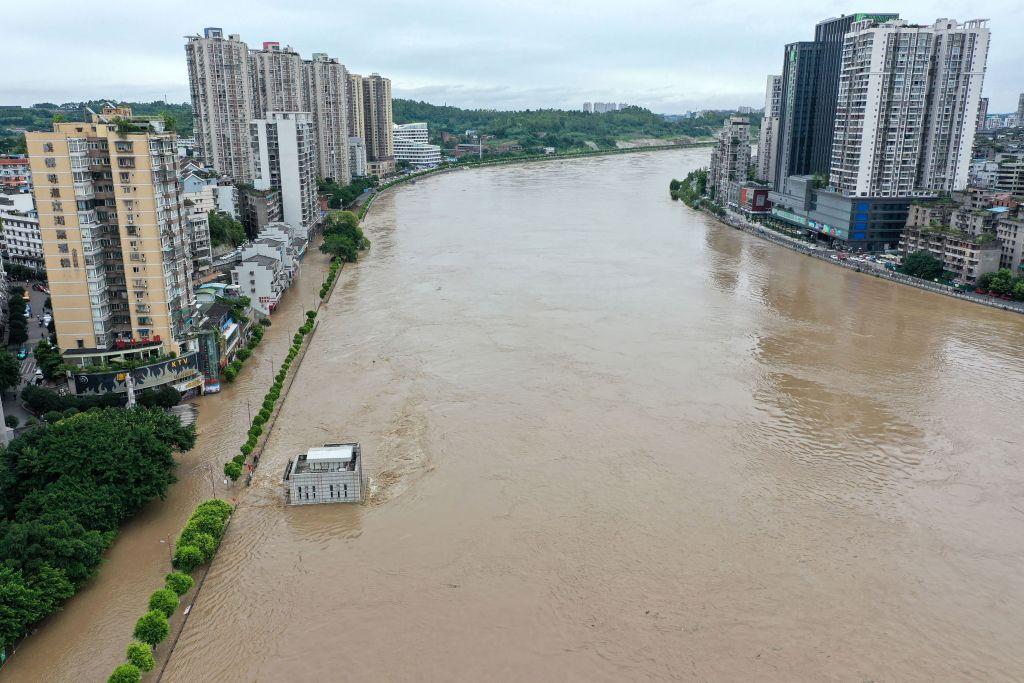Heavy downpours in southwest China’s Sichuan Province, the nearby megacity of Chongqing, and Gansu Province have left many areas submerged in water as the Yangtze River and several of its tributaries overflowed.
The severity of the rainstorms led China’s Ministry of Water Resources to issue a stark warning late on Aug. 18 about the water level at the Three Gorges Reservoir, which is located on the upper reaches of the Yangtze River.





